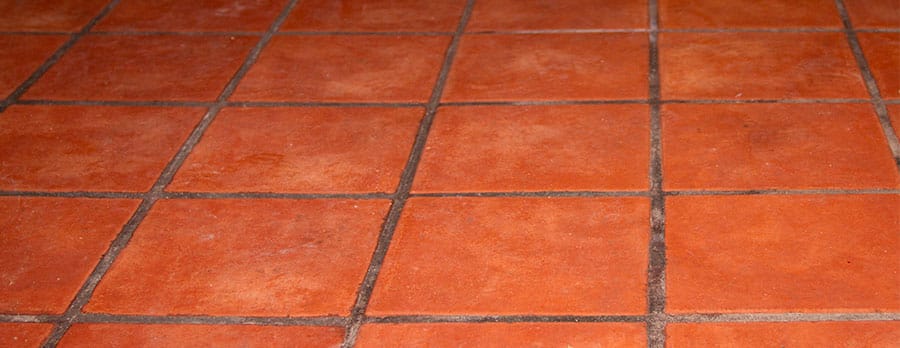
Do I Need Different Floor Scrubbers for Different Types of Flooring?
Your floor is an important part of your environment and needs to be cleaned frequently. Choosing the right type of floor scrubber for the material your floor is made of will make for the most effective cleaning job. Using the wrong cleaning method for your type of floor can make it more difficult to clean or potentially damage the material, creating the need for expensive replacement early in the life of your floor. The following are some of the methods that work best for different types of floor materials.
Tiles
Use a scrubber that has fine bristles attached so that you can clean the dirt and debris with ease while taking care not to scratch the surface of the tile. Using fine bristles on this type of surface, along with the right cleaning detergent will help keep your tile shiny and scratch-free. When cleaning tile floors, the grout between the tiles can sometimes be a challenge. The uneven surface between the grout and tiles should be cleaned with a brush that can accommodate the differences in depth and get into the cracks between the tiles as you clean.
Concrete
This is the material of choice for environments like garages, warehouses and other industrial workplaces with a lot of heavy lifting and general movement that require a solid floor which doesn’t get damaged easily. Over time concrete will become scuffed and stained. The best type of scrubber to use is one that has stiff brushes that will clean the tough grime that accumulates in an industrial environment. It is ideal to use a large sweeper or walk-behind industrial cleaner for large expanses of concrete flooring.
Hardwood
Use a floor scrubber with a softer brush that will promote a polished look while preventing scratches. Don’t use excess water or harsh liquid cleaners, as these will cause damage to the porous material of the wood. The less water used on wood floor the better. Sweepers and walk behind cleaners that are able to clean with minimal water usage work well in large indoor areas with wood flooring.
Vinyl
As with wood, vinyl should be cleaned with only a little water and a light cleansing agent. Using too much water will cause the laminate to expand and cause the floor to peel. Light mopping combined with regular sweeping is ideal for vinyl floors.
Carpeting
In addition to regular vacuuming with a quality vacuum cleaner, carpet in high-traffic areas needs to be shampooed with a powered carpet cleaner. More water can be used with a cleaning agent to scrub out the dirt and grime than can be used on wood or vinyl.
When cleaning your floors always make sure to use the right type of bristles, detergent, and use only the amount of water that is necessary for the material of the floor. If you follow the proper cleaning methods for your flooring, you’ll avoid the costly mistake of causing damage and can enjoy a well-cleaned and great looking floor for years to come.






